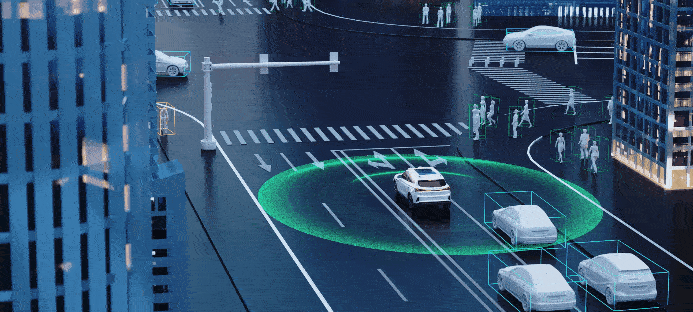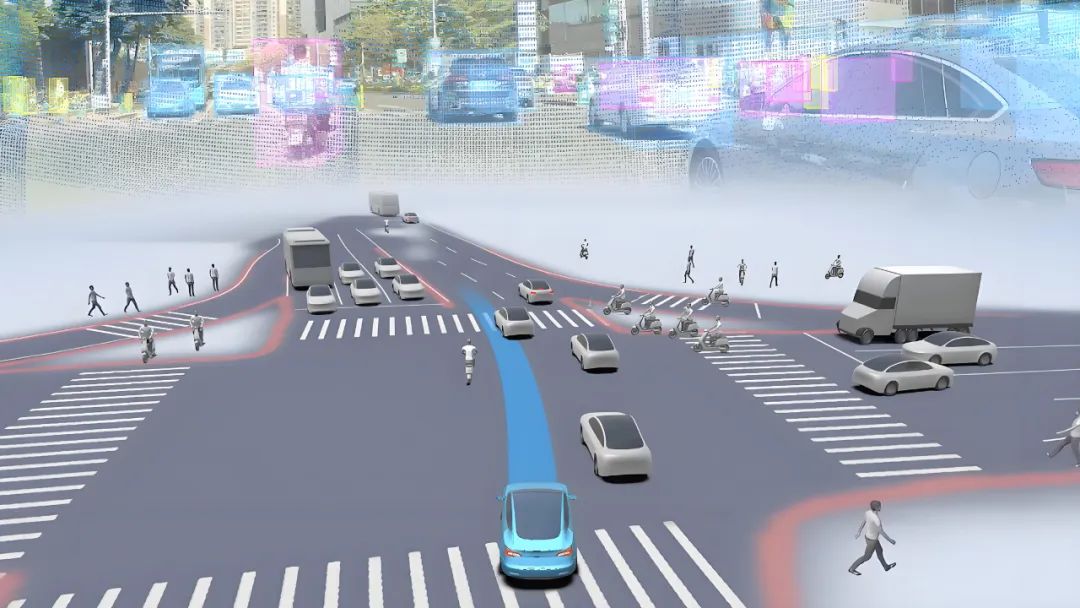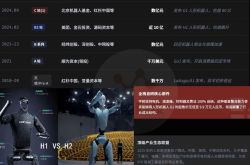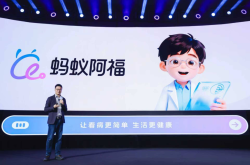What Is the WEWA Architecture in Autonomous Driving?
![]() 09/26 2025
09/26 2025
![]() 536
536
Recently, some readers have left messages in the comment section, asking for a discussion on the highly talked-about WEWA architecture in autonomous driving. What distinguishes WEWA from VLA? Today, I'll briefly touch on this topic and welcome your thoughts in the comments.

What is WEWA?
WEWA stands for "World Engine + World Action." This architecture divides the approach to achieving autonomous driving into two layers: one operates in the cloud, responsible for "creating the world, training models, and thoroughly simulating difficult scenarios," and the other resides in the vehicle, handling "observation, understanding, decision-making, and driving." The cloud acts as the brain's training facility, while the vehicle serves as the on-site commander for real-time decision-making and execution. This separation offers a significant advantage: rare but critical edge scenarios can be "filled in" with data and models in the cloud, and more powerful behavioral models can be distilled and tailored for deployment in the vehicle. This enables the vehicle to handle unexpected situations with minimal latency and in a manner as close to human as possible.
WEWA's "World Engine" emphasizes generation and simulation, particularly the synthesis of long-tail and "hard-case" scenarios. "World Action," on the other hand, refers to the vehicle-end behavioral model, which relies on multi-modal perception (cameras, millimeter-wave/radar/lidar, in-vehicle and exterior microphones, etc.) and employs a Mixture of Experts (MoE) mechanism to select or combine the best decision paths at runtime. Training occurs in the cloud, while inference takes place in the vehicle, forming its core operational rhythm.
What Are the Differences Between WEWA and VLA?
What sets WEWA apart from VLA, a highly popular concept in today's autonomous driving industry? The core idea of VLA is to link visual understanding with language reasoning, enabling the model to explain and reason about the world using an intermediate "language-like" representation, which then generates actions. The advantage of this approach is stronger interpretability; a good VLA system allows engineers to more easily understand why a particular decision was made during the reasoning process, facilitating high-level planning or human-machine interaction using text/symbols.
In contrast, WEWA skips the "language" step and directly maps world states to actions. It does not translate perceived information into symbolic language before reasoning but instead distills the cloud-trained world model (skilled in physical reasoning and behavioral prediction) into a vehicle-end executable behavioral model driven directly by multi-modal inputs to produce decisions and trajectory outputs. This approach eliminates the potential accuracy loss and time delay that may occur during the "perception → symbolic language → reasoning → action" process.
The VLA approach typically relies more heavily on large-scale real-world road testing data, treating extensive real-vehicle mileage as a crucial component of the model's upper limit. In contrast, WEWA emphasizes using high-quality simulated and synthetic data to fill in edge scenarios that are rarely encountered in reality but are safety-critical.
Several Technological Advantages of WEWA
Automobiles are systems with high real-time requirements and stringent safety boundaries, where any additional data conversion or delay can amplify risks. WEWA's design choices stem from these engineering constraints, giving it several notable engineering advantages.
1) Low Latency Benefits "Vehicle-End Instant Control"
WEWA distills trained behavioral models to the vehicle end and directly links them with multi-modal perception, avoiding the process of translating information into language symbols for secondary reasoning. Fewer conversions mean fewer potential accuracy losses and delays. Huawei ADS4 adopts the WEWA technical architecture, and according to its official introduction, this architecture reduces end-to-end latency by approximately half. Such latency improvements directly translate to an additional layer of safety buffer in high-speed and unexpected scenarios.
2) More Efficient Coverage of Long-Tail "Hard Cases"
Rare scenarios that truly pose safety risks are extremely scarce in reality, making it difficult for fleets to collect enough data to cover all edge scenarios that could lead to severe consequences within an acceptable timeframe. WEWA places the "hard-case diffusion generation model" in the cloud, generating high-density extreme scenarios through synthesis and simulation for training. The cloud can quickly feed the model with a vast number of highly rare but representative dangerous scenarios, enhancing the model's robustness in these extreme situations. While the VLA approach also values simulation, it often relies more on real-world road testing to obtain critical state data, which is limited by collection efficiency and time constraints.
3) Distillation and MoE Enable Resource-Performance Trade-offs
Under the WEWA architecture, the cloud can train larger-scale "world models," while the vehicle end runs distilled, pruned, and specially optimized "world behavioral models." Combined with the MoE strategy, which activates only a subset of experts at runtime (rather than always calling the entire model), this approach achieves decision-making capabilities close to those of large models with limited computational power. This makes the overall system more moderate in its computational demands at the vehicle end and increases the possibilities for hardware-software co-optimization.
4) End-Cloud Collaboration Enhances Iteration Efficiency
WEWA places complex training in the cloud, allowing updates and capability enhancements to be quickly pushed to the vehicle through OTA. Simultaneously, the cloud's simulation and real-world playback form a closed loop, theoretically enabling faster incorporation of "new hard cases" discovered in the vehicle back into the training set. This positive feedback loop between the vehicle end and the cloud significantly accelerates capability development.
These are the technological selling points of WEWA, but it also has some potential issues. The quality of simulated scenarios determines the upper limit of training results. If the generation model fails to accurately reproduce physical details or optical characteristics, the trained behavioral model may encounter distribution biases in reality. Additionally, skipping the "language" layer results in interpretability disadvantages, making it more challenging for engineers to locate the root causes of complex failure cases without clear intermediate symbols. Furthermore, while distillation can compress models, it may lead to the loss of some subtle but critical decision-making abilities in extreme states. Balancing compression and safety remains an unresolved issue.
Experience Is the Ultimate Yardstick
No matter how elegantly an architecture is described, only user experience and real-world road testing can truly judge a technology's worth. WEWA must ensure that it performs "smoothly and safely" in real-world driving conditions. The quality of the experience is often determined by intuitive factors, such as whether the system reacts naturally in unexpected situations, avoids excessive intervention, and provides stable and predictable behavior in complex scenarios.

VLA uses language as an intermediate representation, making it easier to explain "why certain actions were taken" in certain scenarios, which aids user trust and engineering debugging. However, interpretability does not equate to effectiveness. If interpretable reasoning leads to sluggish or unstable decisions due to latency or accuracy loss, users will not accept it. Therefore, the ultimate competition between these two approaches lies in their ability to deliver safety and comfort in real-world driving over thousands of hours of operation.
In reality, user experience is a long-term iterative process. Even if one architecture initially performs better in certain scenarios, continuous scenario collection, simulation enhancement, model updates, and OTA capabilities will ultimately determine the winner. Manufacturers may increasingly focus on closed-loop capabilities: can issues encountered in the vehicle be quickly transmitted back and absorbed by the cloud? Can the cloud quickly push improvements back to the vehicle? The speed of this cycle directly affects the rate of capability evolution.
Final Thoughts
The WEWA approach prioritizes limited vehicle-end resources and high real-time requirements, using the cloud to fill in long-tail scenarios that are difficult to collect in the real world and making timely and robust decisions at the vehicle end through distillation and MoE. Its advantages include lower latency, more systematic coverage of hard cases, and more practical considerations for mass production and cost. VLA excels in interpretability, refining behavior with real-world data, and using language capabilities as a higher-order tool for human-machine interaction and reasoning.
For users, the truly valuable aspect is a system that remains calm in complex driving conditions and makes safe, intuitive decisions in unexpected scenarios. This means that behind the technical route competition lies an essential pursuit of "trustworthy experience." The system must not only avoid errors but also instill confidence in users. Whether it's WEWA's real-time responsiveness or VLA's behavioral interpretability, the ultimate goal is to achieve a coherent and natural driving style, allowing passengers to unconsciously sense the technology's reliability. Only when the system can handle uncertainty as effortlessly as a human can it truly earn users' long-term trust and propel autonomous driving from a functional feature to a trusted companion.
-- END --







